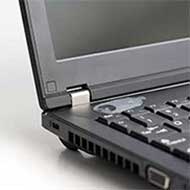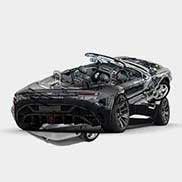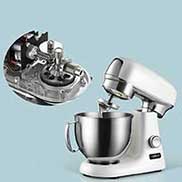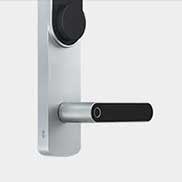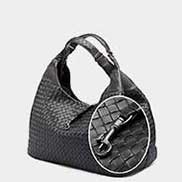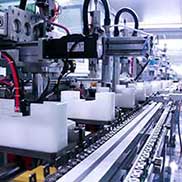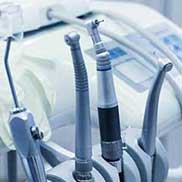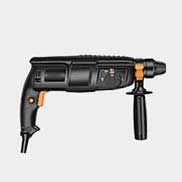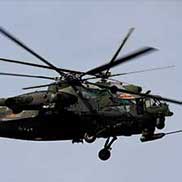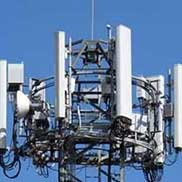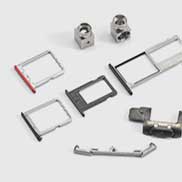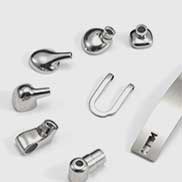First, let’s look at each process.
CNC Machining:
A process that typically starts with a block of the desired material, CNC machining involves precisely removing material layers at a time. This process allows for many different materials to be used with few limitations. Also, because it is computer controlled, very precise tolerances can be achieved.
As the name suggests, this process involves injecting material into a mold. This is done by melting the stock material and forcing it into the mold at high pressure. The part is then allowed to cool in the mold and then is ejected from the mold. The process is repeated for the next part.
Which process is right for you?
In general, this can be looked at as a trade-off between multiple different characteristics; speed, volume, material, tolerances/surface finish, and design. Each one of these can be a gating facture in using one process vs. the other and might even require changes to the part in order to manufacture.
Speed:
This is the simplest. For the low volume of parts, CNC machining is the fastest. If you need 10 parts in 2 weeks, CNC machining is probably your only solution. If you need 50,000 parts in 4 months, injection molding is the way to go. Injection molding requires time to make the mold and ensure the parts are intolerant. This can take anywhere from a few weeks to a few months. Once this is done, creating parts using the mold is a very fast process. The upfront time investment of injection molding will pay off at high volumes.
Volume:
Let’s look at this independent of time. Instead, the main focus here is the price per part. Which are cheaper changes depending on volume. CNC is cheaper when you need a few parts up to a few hundred. While you do get some benefit of volume in the price, it is typically seen between a few parts and a hundred. At larger volumes, you do not get any additional benefit of volume. This is from distributing the setup cost over the number of parts made.
The actual cost per part of injection molded parts is significantly cheaper than machined parts. Unfortunately, for injection molding, creating the mold can be a large upfront cost. This is then spread out across the number of parts made to determine the cost per part. At a certain volume, even with the large upfront cost of the molds, injected parts become cheaper than machined. As more parts are created, the gap in cost becomes greater. This crossover can occur from as little as 100 parts up to about 5000.
